Wildlife Management in Urban Areas: Challenges and Opportunities
- August 16, 2024
- 0 comment
Explore the challenges and opportunities in urban wildlife management, including habitat fragmentation, human conflicts, and innovative solutions. As metropolitan areas expand, human settlements and wildlife interface become increasingly complex. Wildlife management in urban environments is crucial for ensuring the health of ecosystems, preventing human-wildlife conflicts, and maintaining biodiversity. This article explores the challenges faced in urban wildlife management and the opportunities that arise from innovative solutions and community involvement.
Challenges in Urban Wildlife Management
Habitat Fragmentation
Habitat fragmentation occurs when large, continuous areas of natural habitat are broken into smaller, isolated patches due to human activities. Urbanization is a major cause, as cities expand and develop, converting forests, grasslands, and wetlands into residential, commercial, and industrial areas. Roads, buildings, and other infrastructure further contribute to fragmentation by dividing remaining natural areas.
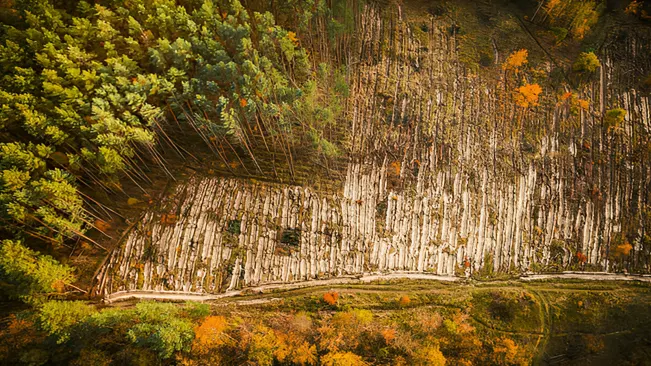
- Movement Barriers: Fragmented landscapes create physical barriers that impede wildlife movement. Animals may struggle to traverse roads, fences, and urban areas, limiting their ability to find food, mates, and suitable habitats.
- Reduced Genetic Diversity: Isolated populations in fragmented habitats often experience reduced genetic diversity. Small, isolated populations are more susceptible to inbreeding and genetic drift, which can lead to decreased adaptability and increased risk of extinction.
- Limited Resources: Fragmentation can reduce access to essential resources like food, water, and shelter. Wildlife in fragmented habitats may face competition for these resources, affecting their survival and reproductive success.
- Edge Effects: The boundaries of habitat patches, known as “edges,” can create different environmental conditions compared to the interior of larger habitats. These edge effects can alter microclimates, increase exposure to predators, and lead to changes in vegetation that affect wildlife.
Human-Wildlife Conflicts
Urban environments, characterized by dense human populations and extensive development, often result in increased interactions between wildlife and people. These interactions can lead to various conflicts, each with its own set of challenges. Here are some common forms of these conflicts and strategies for managing them:
Property Damage
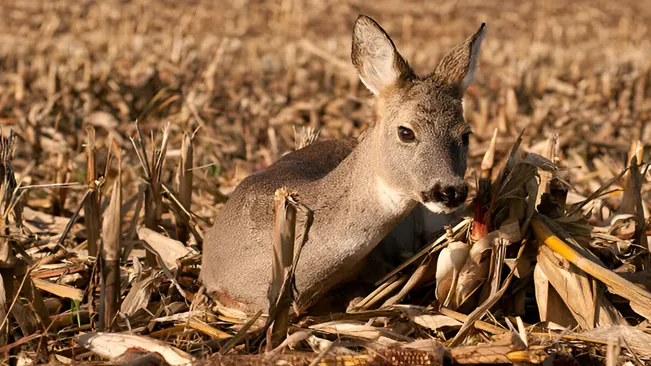
- Raccoons and Squirrels: Raccoons and squirrels often invade attics, basements, and other parts of buildings, causing damage by chewing through wiring, insulation, and structural components.
- Deer: Deer may browse on ornamental plants and gardens, leading to significant damage to landscaping and personal property.
Livestock Predation
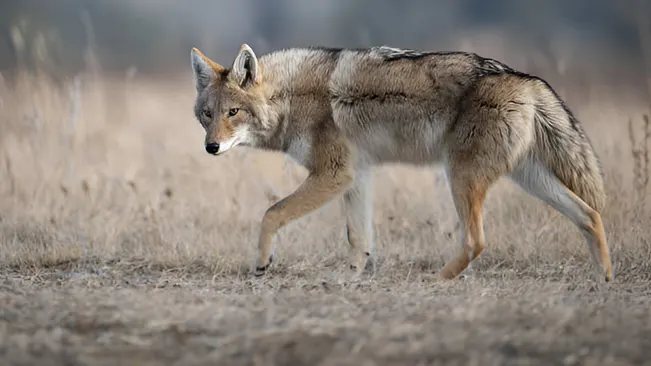
- Coyotes and Foxes: In areas where livestock is kept, predators such as coyotes and foxes may prey on chickens, goats, and other small animals.
Health Risks

- Rodents: Urban rodents like rats and mice can spread diseases such as leptospirosis and hantavirus, and can also carry parasites like fleas and ticks.
- Birds: Birds can be a source of diseases like histoplasmosis and can create messes with their droppings in public spaces.
Nesting in Inconvenient Locations

- Birds: Birds such as pigeons and sparrows may build nests in building eaves, ventilation systems, or other inconvenient places, causing potential health hazards and maintenance issues.
Pollution

Urban environments are often associated with various forms of pollution, which can significantly impact the health, behavior, and survival of wildlife. The three main types of pollution affecting urban wildlife are air pollution, water pollution, and noise pollution. Each of these pollutants presents unique challenges that must be addressed to create a healthier environment for both wildlife and humans.
Invasive Species
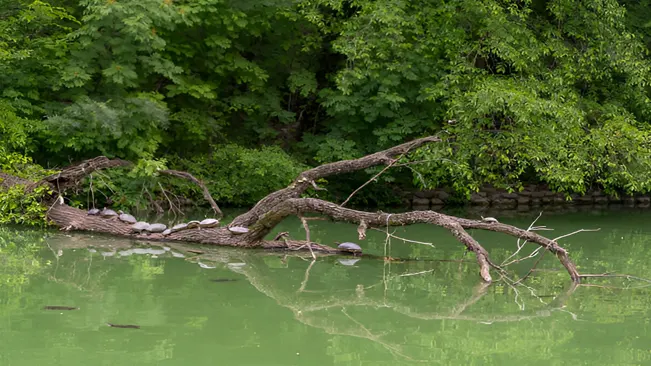
Urban areas are hotspots for the introduction and spread of invasive species. These non-native species can outcompete local wildlife for resources, alter habitats, and disrupt ecological balance. For instance, invasive plants can overrun native vegetation, while predatory animals like feral cats can threaten bird populations. Managing invasive species requires monitoring and control measures to mitigate their impact.
Opportunities for Effective Wildlife Management
Green Infrastructure

Green infrastructure refers to the integration of natural elements into urban planning and design. This can include parks, green roofs, and urban forests, which provide essential habitats and resources for wildlife. By incorporating green infrastructure, cities can enhance connectivity between fragmented habitats and support biodiversity.
Community Engagement
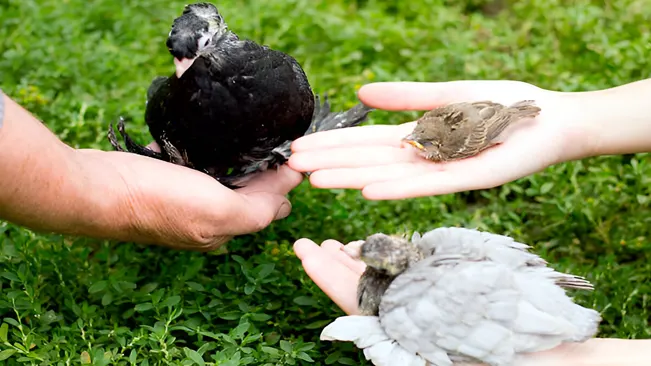
Engaging local communities in wildlife management efforts can lead to successful outcomes. Public education campaigns, citizen science projects, and wildlife-friendly practices can foster a sense of stewardship and encourage residents to contribute to conservation efforts. For example, programs that educate homeowners on creating wildlife-friendly gardens can provide essential resources for urban wildlife.
Innovative Technologies
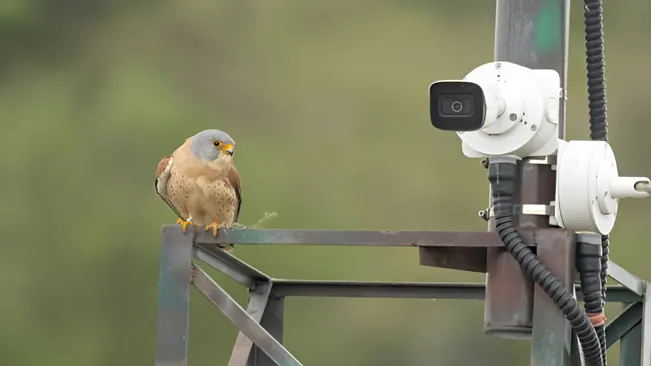
Advancements in technology offer new tools for wildlife management in urban areas. Remote sensing, camera traps, and GPS tracking can provide valuable data on wildlife movements, behavior, and habitat use. These technologies can help inform management strategies and improve our understanding of how wildlife interacts with urban environments.
Habitat Restoration
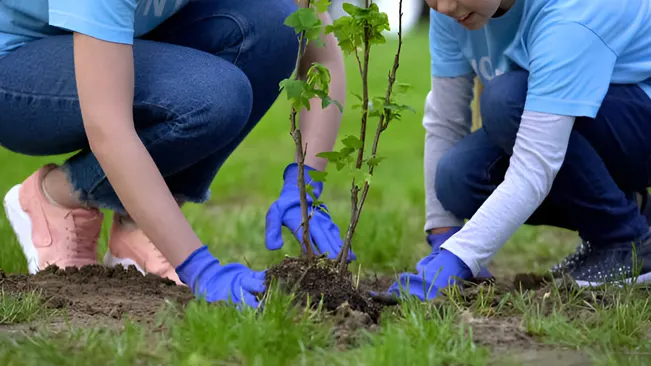
Restoring and rehabilitating urban habitats can improve conditions for wildlife. This includes planting native vegetation, creating wildlife corridors, and restoring degraded landscapes. Urban restoration projects can enhance biodiversity and provide important ecological functions, such as pollination and water filtration.
Policy and Planning
- Effective wildlife management requires supportive policies and planning frameworks. Zoning regulations, development guidelines, and conservation easements can help integrate wildlife considerations into urban development. Policies that promote sustainable practices and protect critical habitats are essential for balancing urban growth with wildlife conservation.
Conclusion
Wildlife management in urban areas presents a unique set of challenges, from habitat fragmentation and human-wildlife conflicts to pollution and invasive species. However, there are also significant opportunities to address these issues through green infrastructure, community engagement, innovative technologies, habitat restoration, and supportive policies. By embracing these opportunities and adopting proactive management strategies, cities can create harmonious environments where both humans and wildlife can thrive.
FAQs
1. What are the main challenges of wildlife management in urban areas?
The main challenges include habitat fragmentation, human-wildlife conflicts, pollution, and invasive species. Urbanization creates fragmented habitats, leading to difficulties in wildlife movement and resource access. Conflicts between wildlife and humans can result in property damage and health risks. Pollution impacts wildlife health, and invasive species can disrupt local ecosystems.
2. How does habitat fragmentation affect urban wildlife?
Habitat fragmentation isolates natural areas, making it harder for wildlife to find food, mates, and shelter. It reduces genetic diversity and can lead to population declines. Fragmented habitats may also limit wildlife movement and access to essential resources.
3. What are some common human-wildlife conflicts in urban areas?
Common conflicts include animals such as raccoons and squirrels raiding garbage, deer damaging gardens, and birds nesting in inconvenient locations. These interactions can cause property damage, safety concerns, and health risks.
4. How can green infrastructure benefit urban wildlife?
Green infrastructure, such as parks, green roofs, and urban forests, provides essential habitat and resources for wildlife. It enhances connectivity between fragmented habitats, supports biodiversity, and offers natural solutions for stormwater management and air quality improvement.
5. What role does community engagement play in urban wildlife management?
Community engagement is crucial for successful wildlife management. Public education, citizen science projects, and wildlife-friendly practices encourage residents to participate in conservation efforts. Engaged communities can help create and maintain wildlife-friendly habitats and reduce conflicts.
6. How can technology aid in managing urban wildlife?
Technology such as remote sensing, camera traps, and GPS tracking provide valuable data on wildlife behavior, movements, and habitat use. This information helps in developing effective management strategies and monitoring the success of conservation efforts.
7. What are some effective strategies for managing invasive species in urban areas?
Effective strategies include regular monitoring to detect invasive species early, implementing control measures such as removal or containment, and restoring native habitats. Public awareness and education about the impacts of invasive species are also important.
8. How can urban habitat restoration improve conditions for wildlife?
Urban habitat restoration involves planting native vegetation, creating wildlife corridors, and rehabilitating degraded landscapes. These efforts enhance biodiversity, provide critical resources, and improve ecological functions like pollination and water filtration.
9. What policies can support wildlife management in urban areas?
Supportive policies include zoning regulations that protect green spaces, development guidelines that incorporate wildlife considerations, and conservation easements that safeguard critical habitats. Policies promoting sustainable practices and habitat protection are essential for balancing urban development with wildlife conservation.
10. What are some examples of successful wildlife management practices in cities?
Successful practices include the creation of urban wildlife corridors, community-led habitat restoration projects, and programs to reduce human-wildlife conflicts through education and management strategies. Examples include New York City’s Central Park as a wildlife habitat and the development of green roofs in cities like Toronto and Chicago.
In summary, while wildlife management in urban areas comes with its fair share of challenges, it also presents exciting opportunities for innovation and improvement. By addressing issues like habitat fragmentation and pollution, and harnessing the power of green infrastructure, community involvement, and advanced technologies, we can create urban environments where both people and wildlife can thrive. As cities continue to grow, embracing these strategies will be key to balancing development with conservation, ensuring that our urban landscapes remain vibrant and welcoming to all forms of life.

Kristine Moore
Forestry AuthorI'm Kristine Moore, a seasoned garden landscaping professional with over 30 years of experience. My extensive career has been dedicated to transforming outdoor spaces into stunning, sustainable landscapes. With a deep understanding of horticulture, design principles, and environmental stewardship, I have become a respected figure in the field, known for creating harmonious, visually appealing, and eco-friendly gardens. My commitment to excellence and continuous learning in landscaping trends and techniques has solidified my reputation as an expert in garden design and implementation.

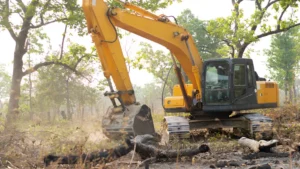

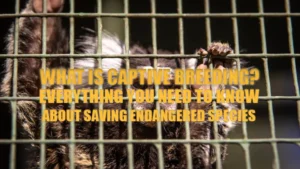
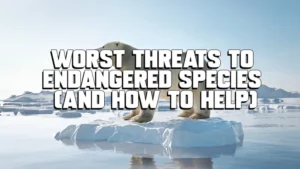


Leave your comment